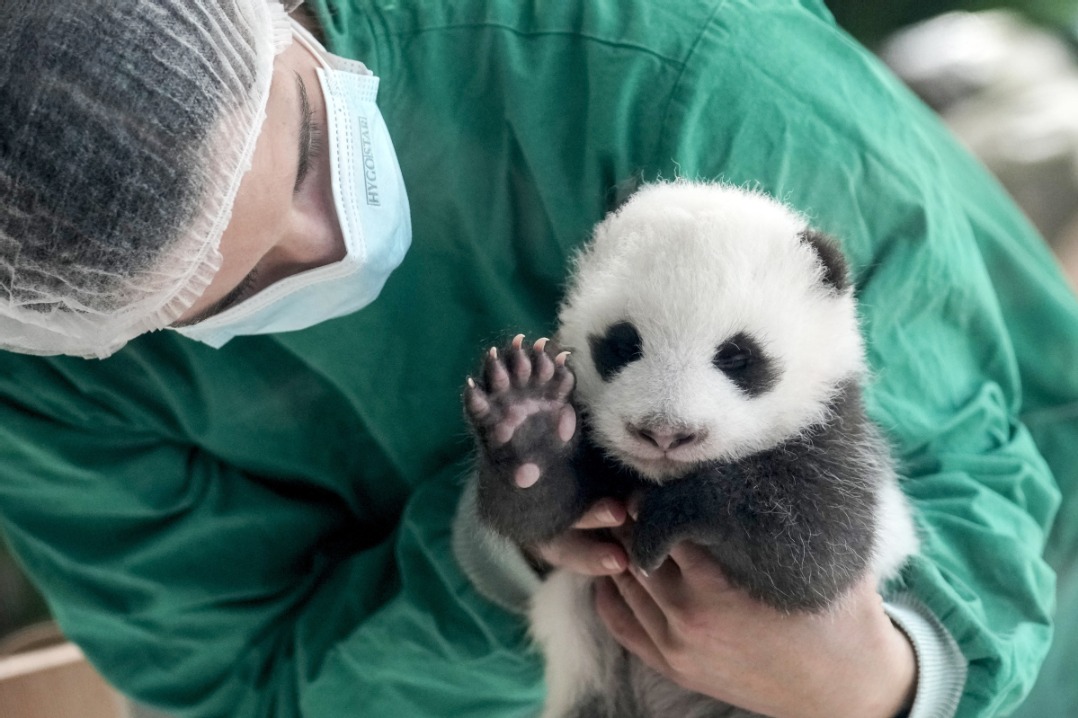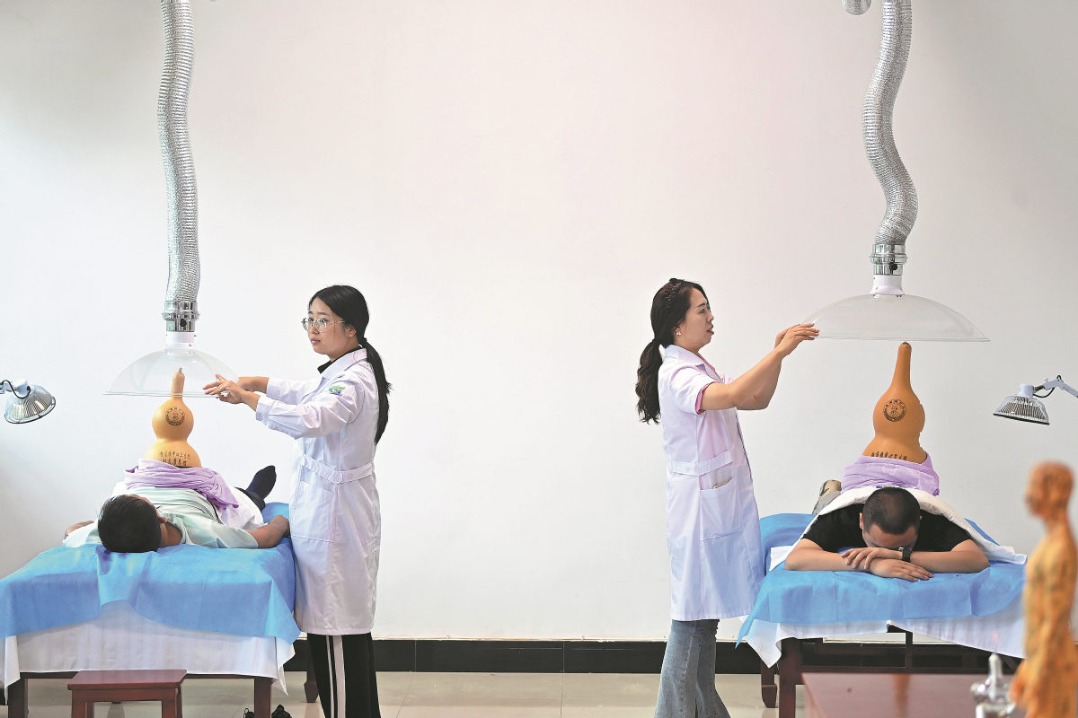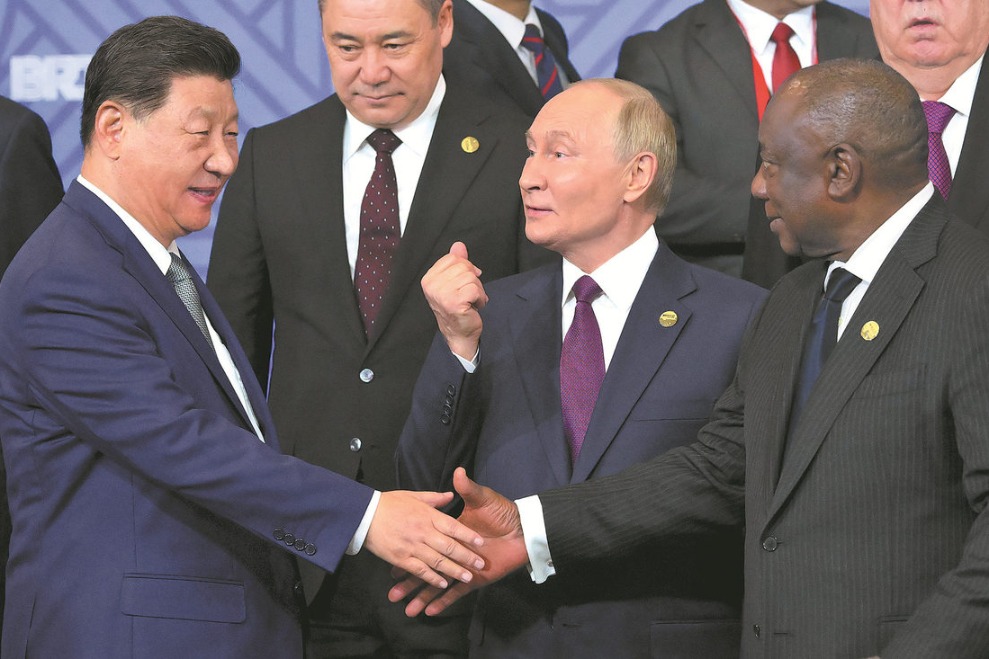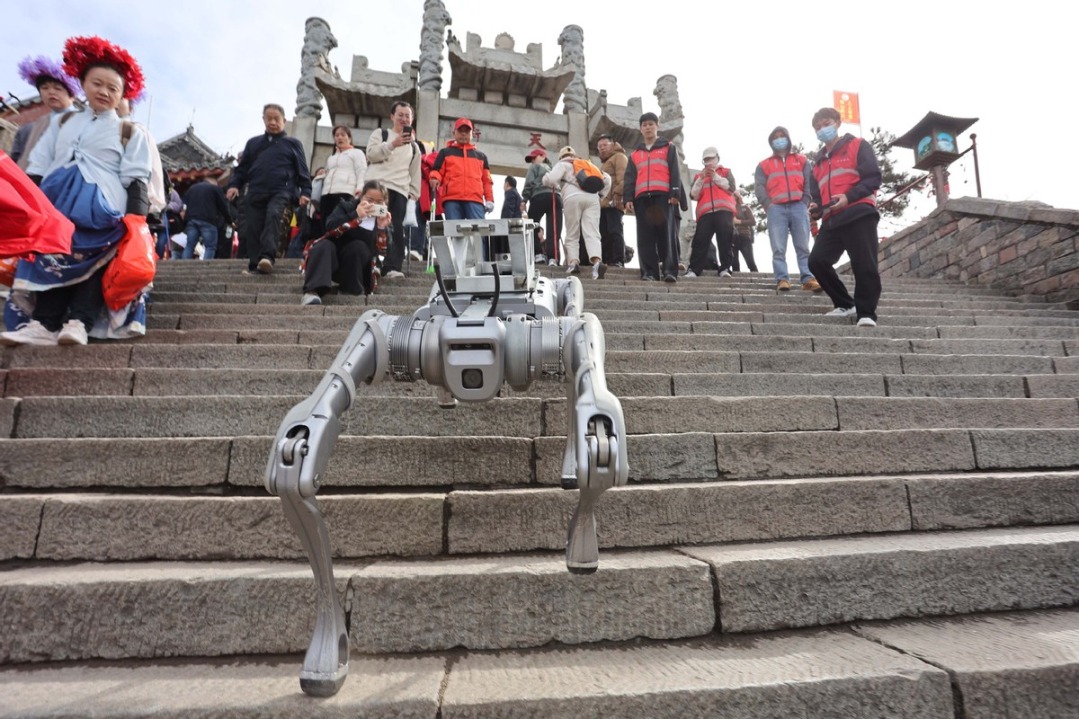Chinese migrants make a future in Italy
By WANG MINGJIE and DJ CLARK in Prato, Italy | China Daily Global | Updated: 2023-12-29 09:50
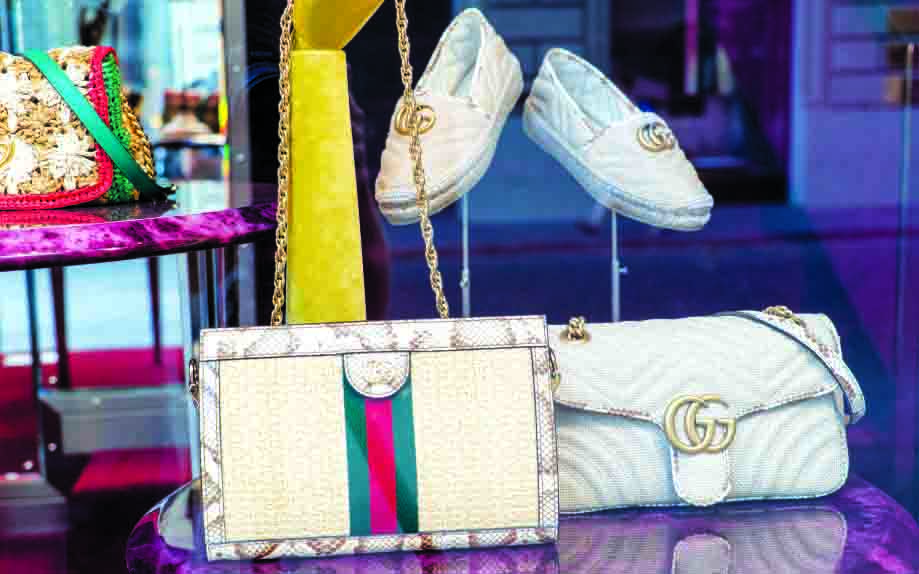
The path to Prato
But why did a large number of people from Wenzhou choose to settle in Prato, a city 20 kilometers from Florence with a population of 200,000?
According to Zhang Yili, a professor of economics at Wenzhou University whose research focuses on Wenzhou migrants in Italy, in late 1980s, the younger generation of local people in Prato showed less interest in working in their parents' textile workshops. Instead, they sought opportunities in larger cities including Milan and Rome, which caused a decline in the development of the garment industry. This created a pressing need for a new labor force.
Because people from Wenzhou living in Europe are a tight-knit group and are willing to share information with each other, it was not long before word spread that Prato had launched new preferential policies to encourage more people to move there, so they went.
"This is a very good opportunity for Wenzhou-nese, because many of them had gained experiences in clothing manufacturing in Wenzhou, a city renowned for its expertise in this field," Zhang said.
"Upon arriving in Prato, they discovered that the local industry was similar to what they had been doing in their hometown or what their relatives were engaged in in places like France."
Zhang emphasized that Wenzhou people were instrumental in the transformation of Prato from a textile-focused industry to a center of fast fashion.
"The Wenzhou model is famous for its specialization in the production of small-scale products for a large market. The people who made the community had a tendency to come together and form industry clusters based on shared interests and expertise," he explained.
Drawing from their experience in China, Zhang said, these individuals brought their collective knowledge and skills to Prato. With their extensive background in shoes and clothing, they knew how to effectively transition from traditional textile manufacturing into "Pronto Moda", he added.





